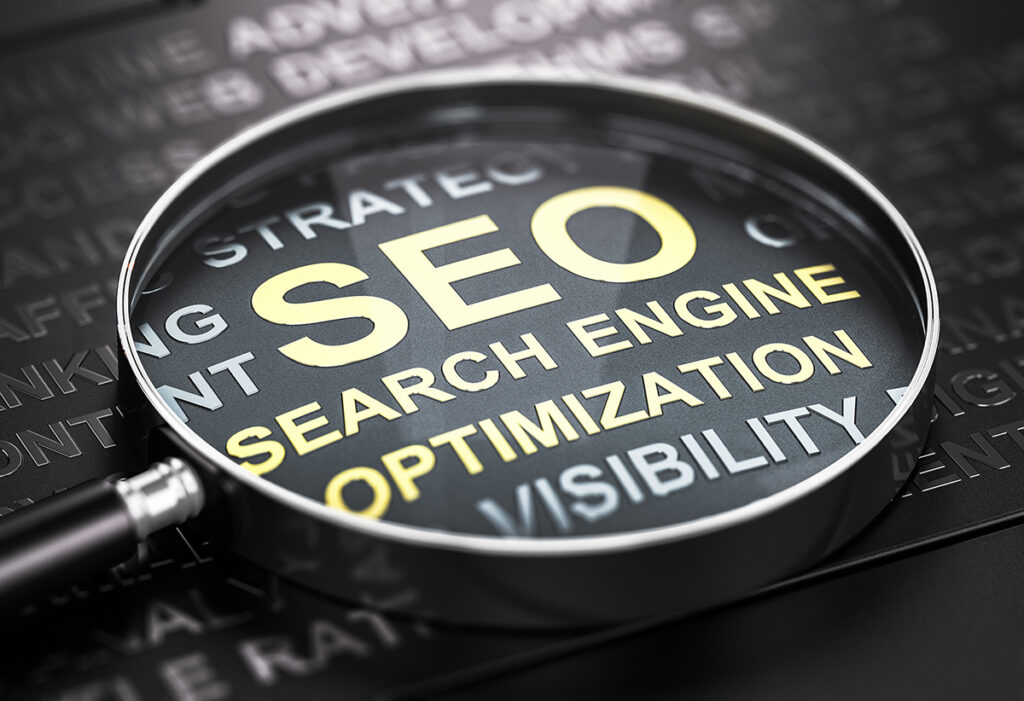Introduction:
In the dynamic digital marketing landscape, a visually striking entrance can leave a lasting impression on visitors. However, the siren call of website splash pages comes with SEO pitfalls that can cast a shadow over your online presence. In this blog post, we’ll explore the intricacies of splash pages and unveil the potential challenges they pose to your website’s search engine optimization.
The Illusion of Accessibility
Splash pages often serve as a captivating prelude to the main content of a website. However, their minimalistic nature can present challenges for search engines. The lack of substantial content may hinder proper indexing and diminish your website’s visibility on search engine results pages (SERPs).
Recommendation:
Ensure that essential keywords and relevant content are incorporated directly into the main body of your website, allowing search engines to crawl and index your pages effectively.
Diluting SEO Relevance
Thin content on splash pages can dilute the overall relevance and authority of your website. Search engines prioritize websites with robust, informative content, and splash pages that lack substance may undermine your SEO efforts.
Recommendation:
Optimize your splash page content with relevant keywords and ensure a seamless transition to content-rich pages to maintain SEO strength.
Mobile-Friendliness Matters
In an era where mobile devices dominate web traffic, the mobile-friendliness of splash pages cannot be overlooked. If not optimized for smaller screens, these pages can lead to a subpar user experience and negatively impact your website’s SEO.
Recommendation:
Implement responsive design to ensure a seamless user experience across various devices, thereby satisfying both users and search engines.
The Load Time Conundrum
Splash pages laden with large media files or intricate animations can contribute to increased load times. Search engines favor faster-loading websites, and sluggish performance may result in lower rankings on SERPs.
Recommendation:
Optimize media files and animations to reduce load times, enhancing both user experience and search engine rankings.
Crawling and Indexing Challenges
Blocking splash pages from being crawled by search engine bots through the robots.txt file can impede proper indexing. Additionally, incorrect canonicalization may lead to confusion regarding the primary content of your website.
Recommendation:
Ensure splash pages are accessible to search engine bots, and use canonical tags appropriately to guide search engines in understanding your site structure.
Bounce Rate Woes
The initial visual appeal of splash pages may not guarantee sustained engagement. If users find them uninformative or cumbersome, they may exit the site immediately, resulting in a higher bounce rate that signals dissatisfaction to search engines.
Recommendation:
Monitor user engagement metrics closely and consider minimizing the use of splash pages if bounce rates are elevated.
Conclusion
While the allure of website splash pages is undeniable, their SEO pitfalls demand careful consideration. Balancing aesthetics with SEO best practices ensures your website captivates visitors visually and ranks prominently on search engines. By navigating the complexities of splash pages, you can strike a harmonious chord between design and SEO, establishing a solid online presence for your brand.

